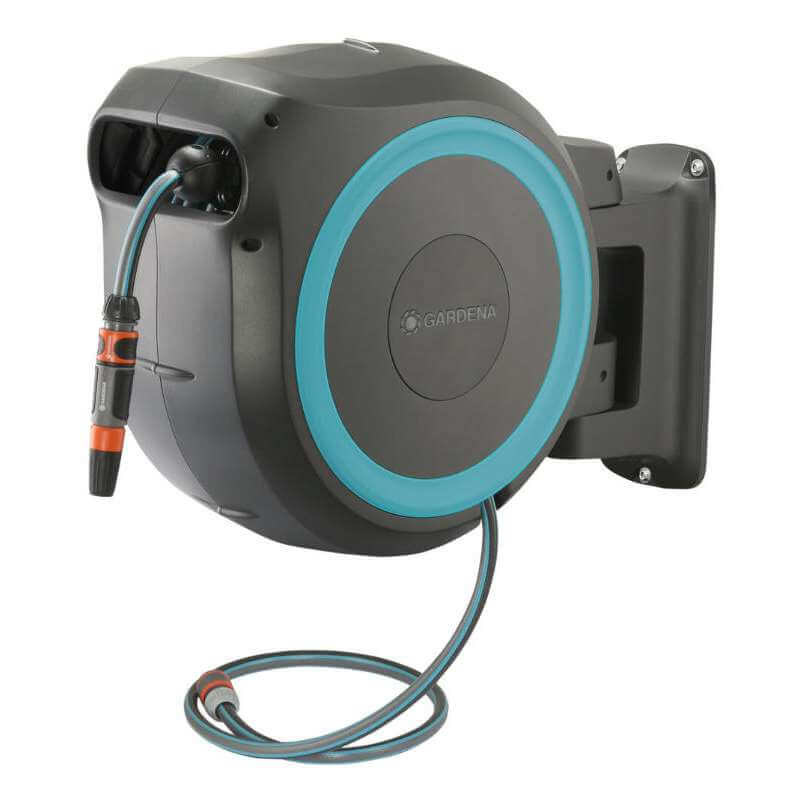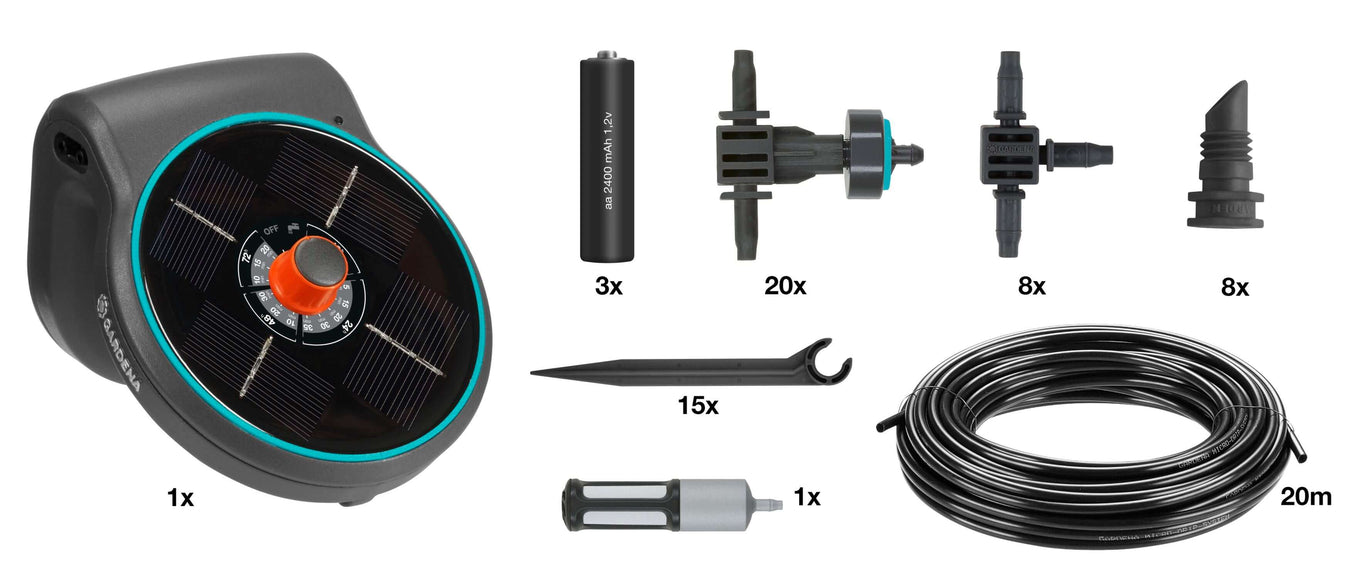Get Expert Robot Mower Advice for Your Lawn

Electric Fence
Many customers have requested our help with how to plan and install an electric fence, so here is a very brief summary of the basic setup and the choices that you must make when selecting the necessary components.
Planning
The first job is to make a ground plan of where you would like the electric fence to run. This will will allow you to plan how the power will flow through the fence. A rough sketch is useful to refer to as you work around the system. Plan to install switches now if you wish to separate your electric fence installation into different zones.
It is not necessary to install the electric fence in a complete circle to create the electrical circuit; the electric fence circuit is completed when the animal touches it and current flows through the animal to the ground.
You will need to plan for an electric fence that is suitable for the animal to be contained. The height of your fence depends on the type of animal to be herded. The size of your particular animals and their ability to jump should also be taken into account, and, if you also keep young animals, your fence must be extended downwards to prevent them escaping under the lowest conductor. The following guide should give you the information you need to plan the dimensions of the fence, and the number and type of conductors.

Before setting up the fence, it is good practice to mow the grass short so that the lowest current-carrying conductors are completely free of vegetation to prevent it from acting as a short circuit to the ground, particularly when wet. Bushes should also be cut back or avoided completely during installation of the fence.
Energizer Positioning
We advise you to fit the energizer as centrally as possible and if you can use a location that is protected from the weather - maybe even in a building, so much the better. If your energizer is not under cover, make sure that it is securely fixed to the post or wall so that it cannot fall into floodwater or mud. Quality energizers, such as Hotline Horizont, are quite suitable to be installed in outdoor locations, in any weather, but they are not designed for submersion and will fail as a result.
For safety reasons you are legally obliged to attach a warning, clearly visible and printed on both sides, to your electric fence.
Power Source
A reliable source of input power is required and it goes without saying that, if using mains power, this must not be subject to unpredictable power cuts or voltage fluctuations. If rechargeable lead acid batteries are preferred, you will need at least two leisure batteries that are kept charged and in good condition.
Leisure batteries must be recharged long before they are fully discharged if they are to last for the season and the usual method is have one battery trickle charging, while the other is in use on the fence. You should budget for replacing your leisure batteries once per season. Ordinary car starting batteries are not suitable for this job and will fail prematurely if deep-cycled in an application such as electric fencing.
Ground Connection
A good ground connection is required to complete the circuit. The ground connection is important and if the earthing is insufficient, there will be less current flow and the deterrent effect on the animal is reduced.
Dry soil can sometimes have a very high resistance and significantly affect the effectiveness of a fence system. Damp soil, wherever there is natural water and with good turf, favours conductivity.
Earthing efficiency can be improved by increasing the number and depth of the earth stakes The more you install and the deeper they are inserted into the ground, the better. When using several earth stakes, keep them 3 m apart and if the ground is kept damp, efficiency is improved.
One or more earth stakes are required at least 1 m deep into the soil until they hit damp earth. The earth stakes are then connected to the electric fence device using high voltage cables and connecting cables. It is important to make these connections so that they are tight, and dry, and have the maximum metal to metal surface area in contact.
It is very important to use only galvanized, rust-free materials for earthing, as a layer of rust will greatly impair the effect. Any attempt to save the small outlay on a quality earth spike will possibly compromise the efficiency of the whole electric fence system.
Conductors
The conductive material can be fence tape, rope, polywire or wire. Quality is everything here. The more conductive the material, the more current flows through the fence and the more effective the installation will be. The other vital property of the conductor is strength. A cheaply made, inferior quality, electric fence conductor that breaks in use, is useless.
The following distances are optimum for the spacing of posts for the conductive material:
For polywires and wires: 6 m to 8 m
For tapes: 3 m for 40 mm tape, 5 m for 20 mm tape , 6 m to 8 m for 10 mm tape
These dimensions will vary depending on the terrain: If it is very uneven, several posts will be necessary to keep the conductor material parallel to the ground.
Posts
Plastic or posts with insulators with insulators hold and guide the conductor material along the field. We recommend strong wooden posts for gates and corners. They are also used when the fence direction changes significantly, for example if you need to integrate a change of direction / corner into your fence system. Plastic posts cannot withstand the forces of the fence system as corner posts and are therefore unsuitable for this area of application.
When assembling a corner, make sure you also use the right accessories; use insulators for wood and substantial posts. Wood posts can also as intermediate posts for long, straight fence sections to make the fence system sufficiently stable and secure. If you integrate a gate into your fence, you should also position stable posts at the end of the fence and gate since the last post must bear the tensile force of the fence at the gate. The posts must be anchored deep in the ground to provide sufficient stability in the fence system.
Corner, gate and intermediate posts are best set in the ground using an earth auger and driven in with a post rammer.
The function of the line posts is to keep the conductor material in position, at a constant height. The wider the conductor material, especially when using tapes, the closer together the posts must be positioned. In exposed windy areas, more posts should be placed along the fence to ensure that the fence is stable enough. Remember that the conductor material may become heavier when wet or icy, and more posts may be needed to provide support than is apparent in fine weather.





